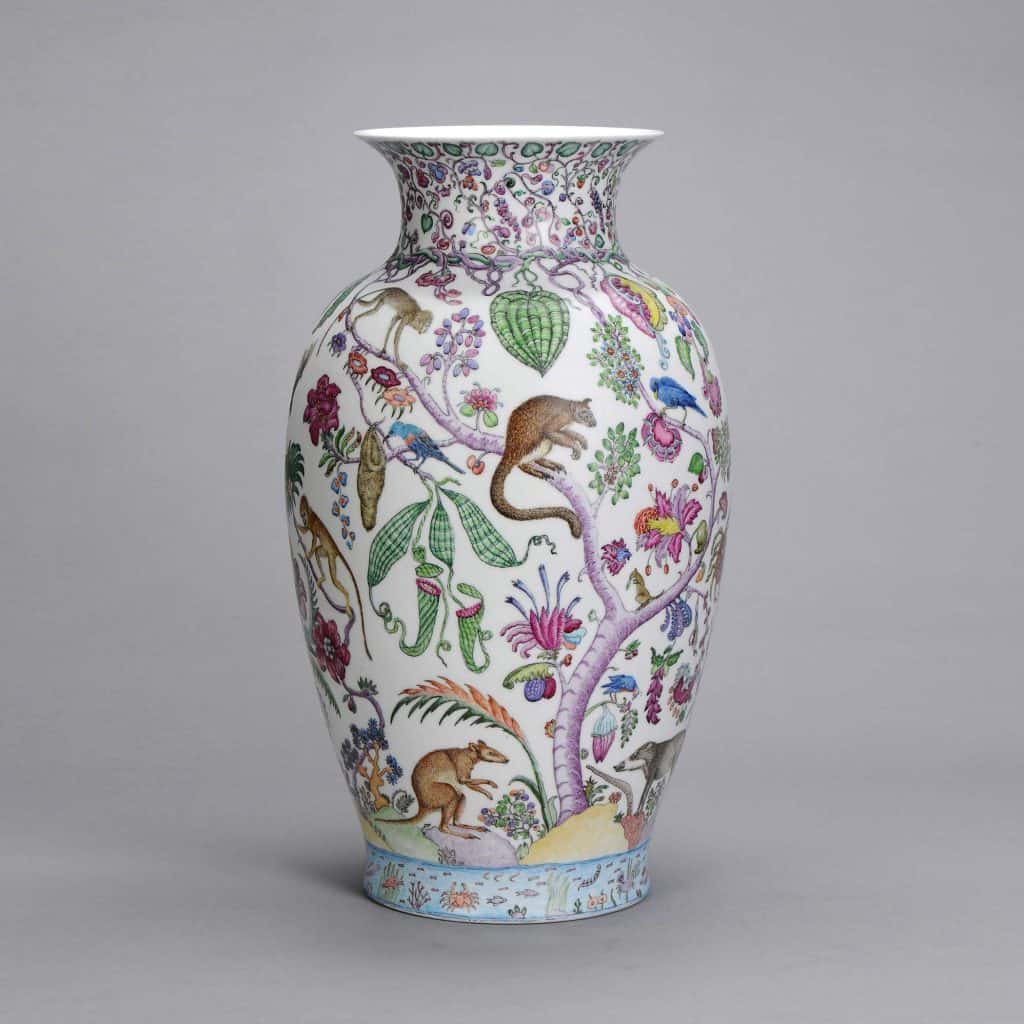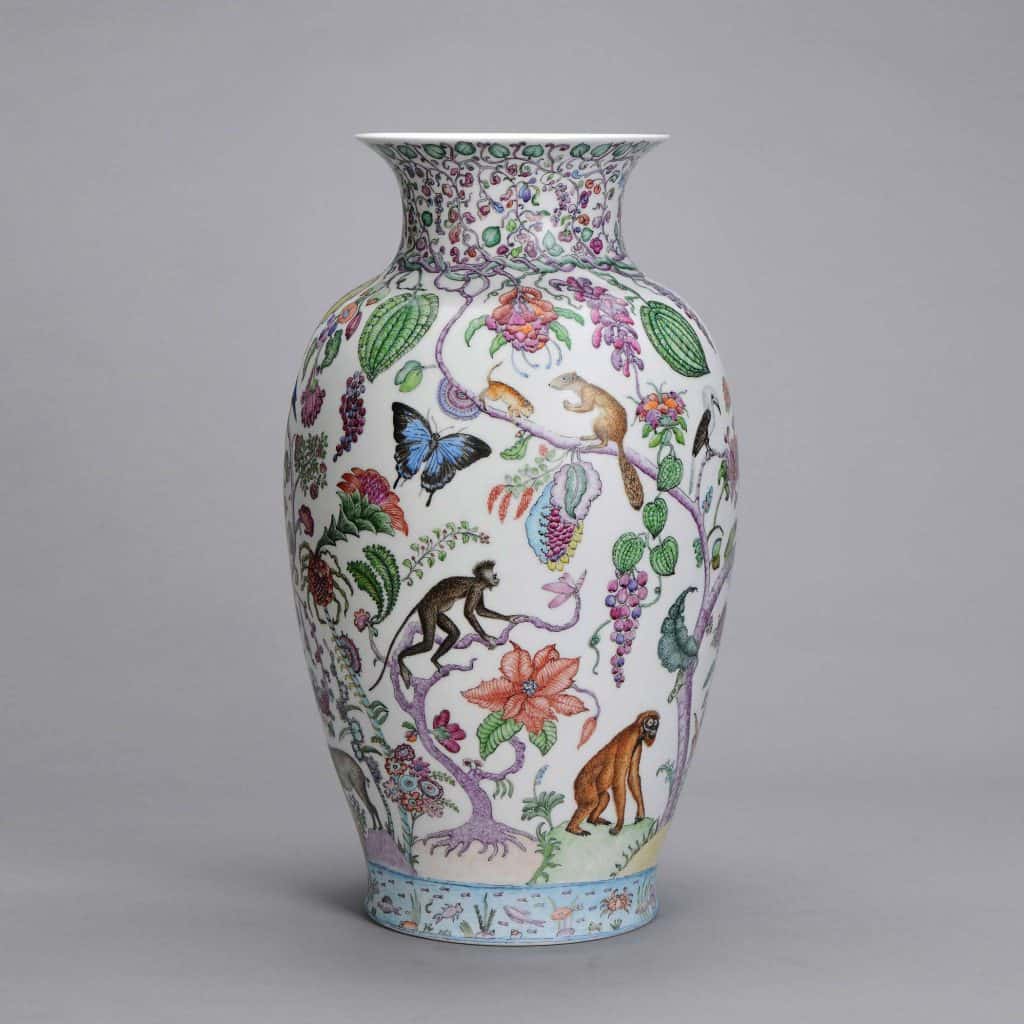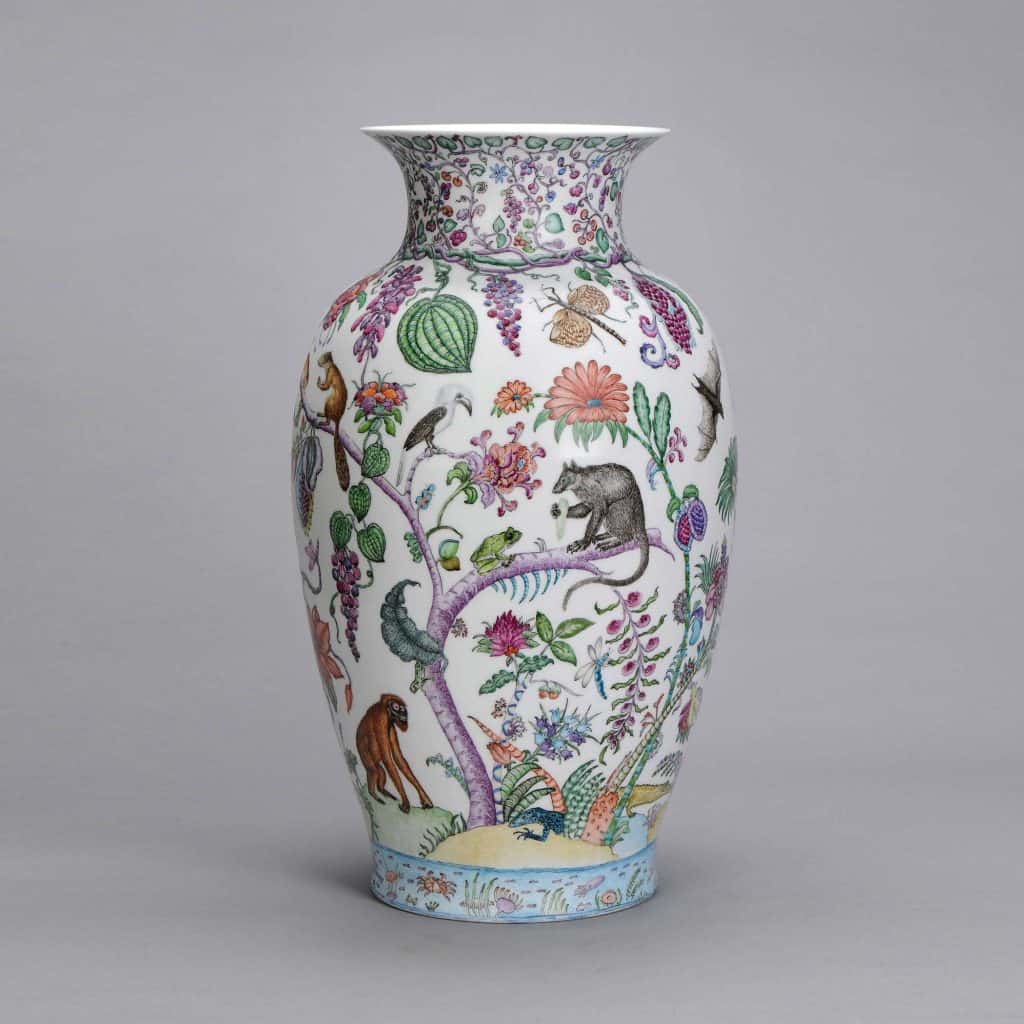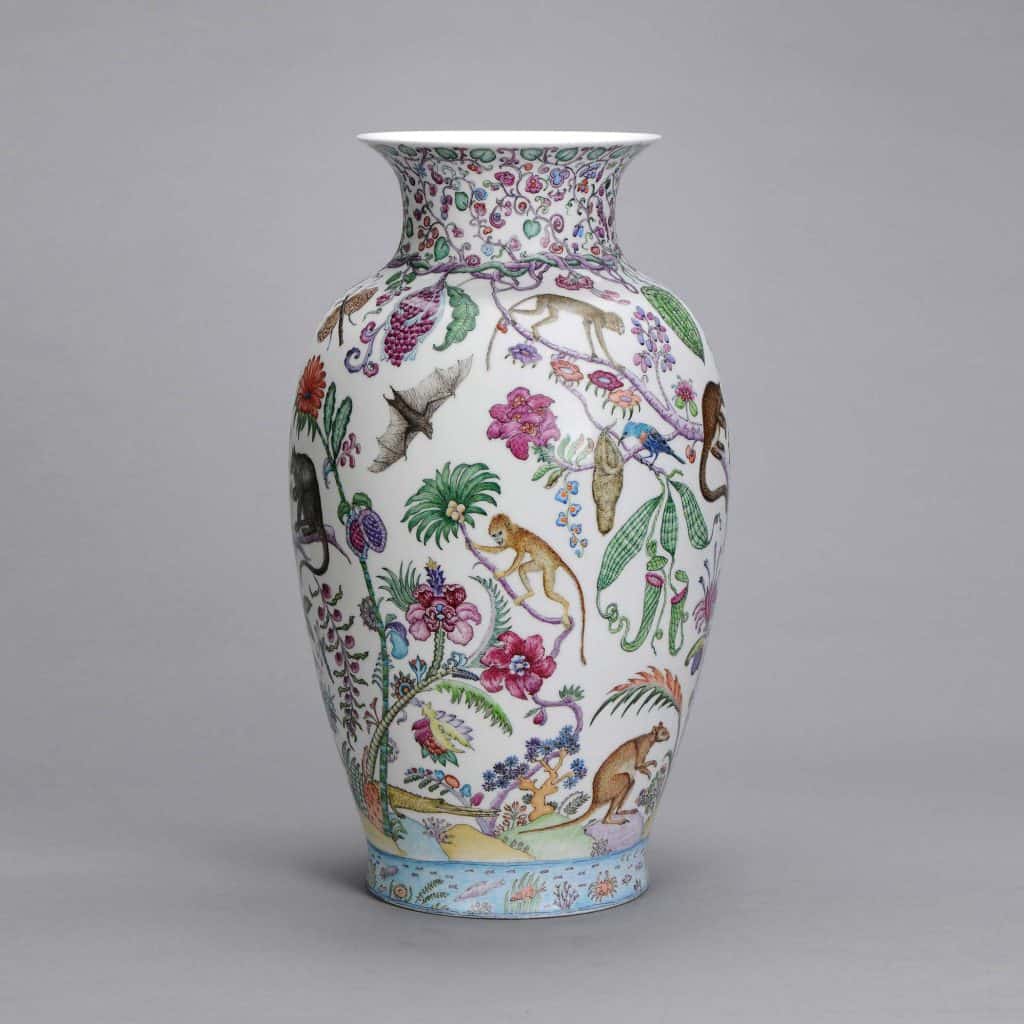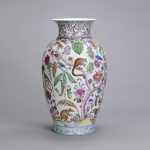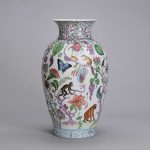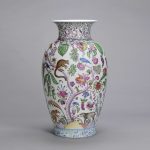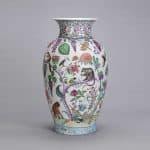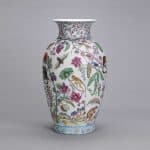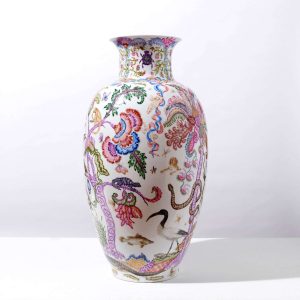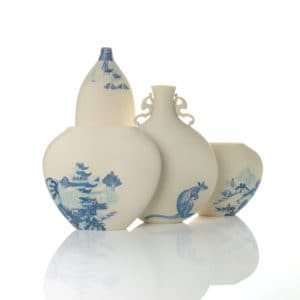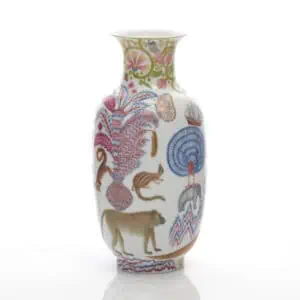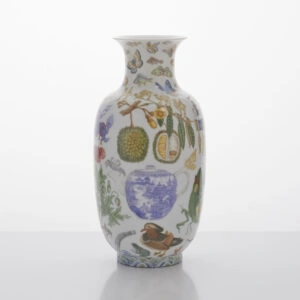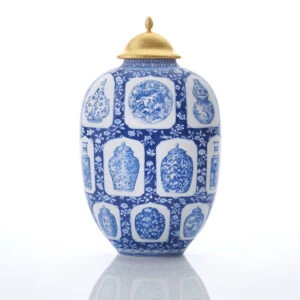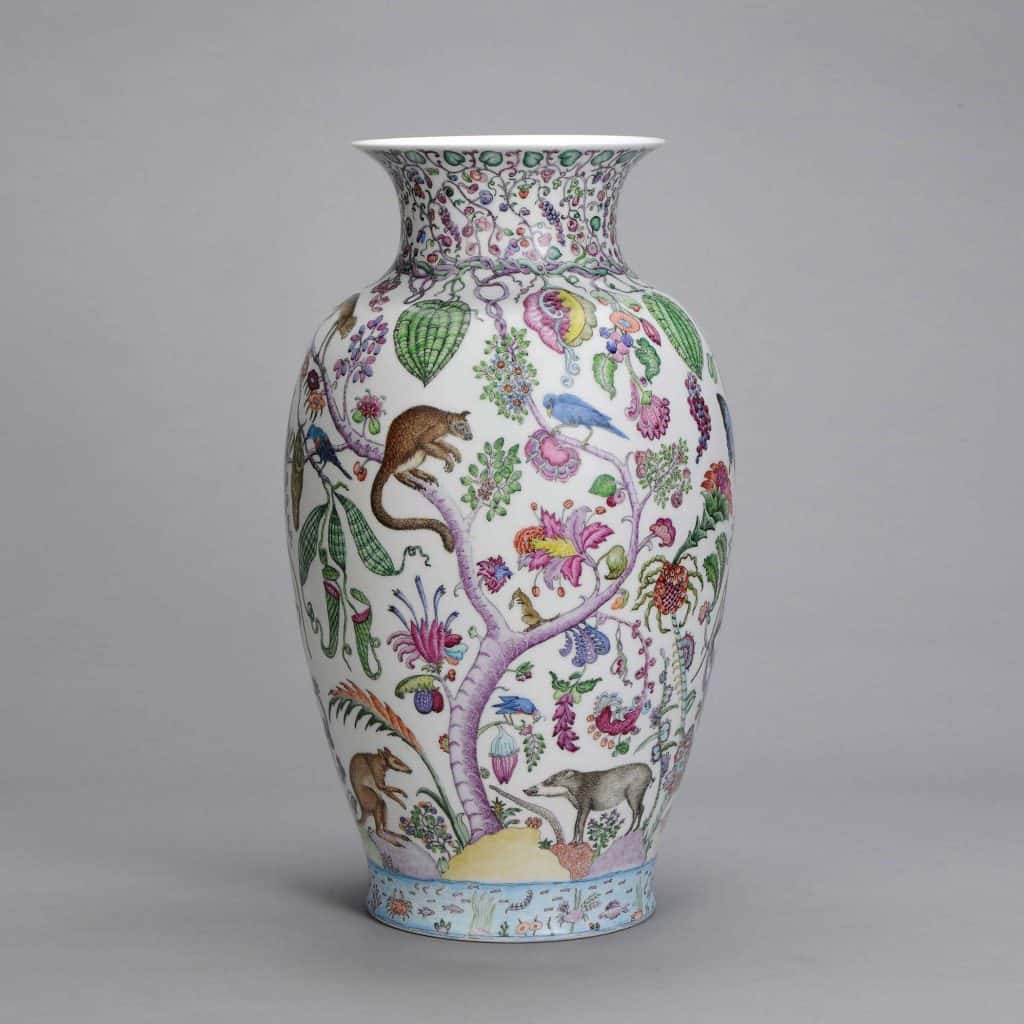
More about The Pepper Pot – The Legacy of Coenraad Temminck, 2013
'In 1610 the VOC or The Dutch East India Company had established itself as the principal trader in spices in the vast tropical archipelago of The Dutch East Indies or Indonesia as it is known today. Pepper was the valued commodity of the East Indies and it grew abundantly on vines in the rain forest and along with expanding markets for nutmeg, cloves and mace that grew in the ‘Spice Islands’ the VOC became rich.After trade had been established in Indonesia, naturalists began to take an interest in the variety of exotic, tropical plants of the archipelago. This was ‘The Age of Wonder’ and in 1826 the Natural History Commission of the Netherlands Indies began sending scientists to the Dutch East Indies to collect natural history specimens, an initiative largely due to Coenraad Temminck, the son of the Treasurer of the Dutch East India Company. He was a wealthy man with an interest in natural history writes Roger Martin in his text ‘Tree Kangaroo’.
A scientific expedition to Indonesia found a new kind of kangaroo that they described as hopping on the ground like the Forest Wallaby but that would climb up a tree when alarmed. The Tree Kangaroo is known to the locals as ‘Wangorerie’ - Dendrolagus ursinus (Vogelkpopt Tree-Kangaroo) - ‘dendro’ meaning tree and ‘lagus’ meaning hare and so named because of its excellent taste when cooked according to Dr. Salomon Müller who was one of the few scientists to survive the fever ridden East Indies. It wasn’t until 1872 that another species of tree kangaroo was found in northern Australia by William Hann and named it ‘Goodfellow Tree-Kangaroo’.
Many of the drawings I have included in the iconography of the ‘The Pepper Pot’ vase are held in the collection of The Natural History Collection of the Dutch Biodiversity Centre in Amsterdam and are mostly drawn by Dr. Müller. They include two species of Tree Kangaroo that inhabit both the ground and the lower tree levels in the forest. The other ground dwelling creatures are; the Orungutung, the Forest Wallaby, the Indonesian crocodile, the monitor lizard known as Varanus Macraei. The tree dwelling animals are; Semnopithecus monkeys, the shrew-faced squirrel, the Weaver Bird, Ullysses butterfly, stick insect known as Phasma Reinwardtii, White Crowned Hornbill, the fruit bat, and reptiles such the Gecko and Chameleon and the Indonesian tree frog.
The marine border at the base of the vase denotes that Indonesia is a collection of islands surrounded by sea and pepper vines that grow in the pattern on the neck of the vase.'
- Robin Best

